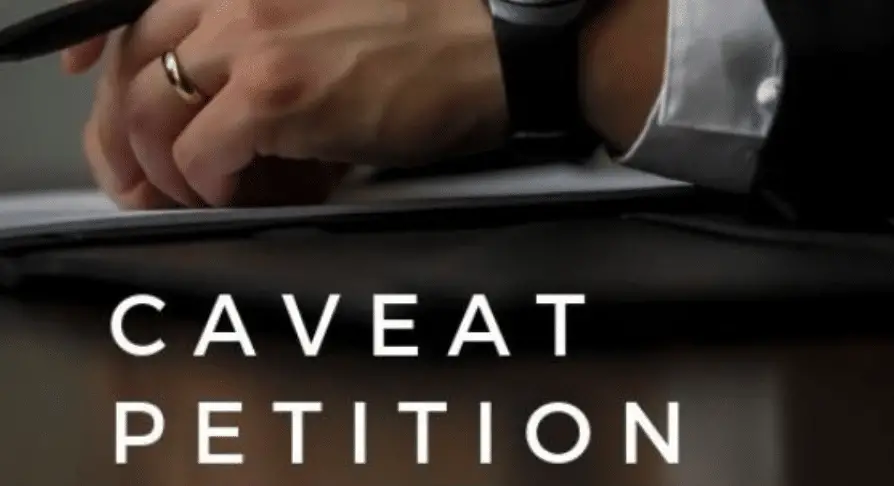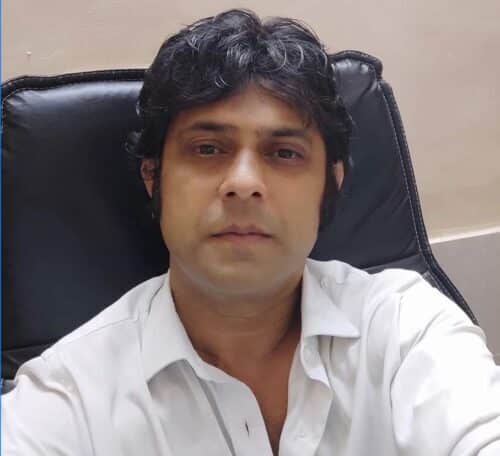File Caveat Petition in the Supreme Court of India within 24 hrs
Caveat Petitions In Supreme Court are filed by the Party in whose favour the order a has been passed in the High Court. Once Caveat is registered in the Supreme Court , the Caveator will be intimated about the filing of any Petition/Appeal that has been filed against him and will have the right to be served with a copy of the Petition /Appeal prior to the matter being listed before the Hon'ble Court . This gives the Caveator an opportunity to present his case on the very first date of hearing.



